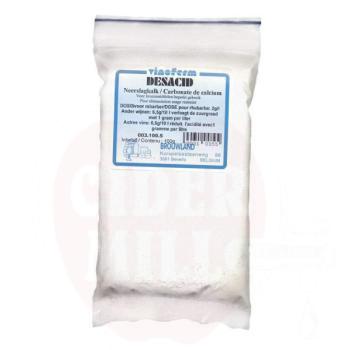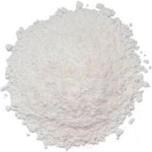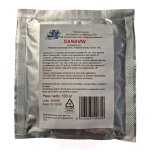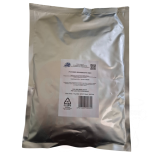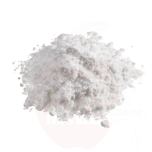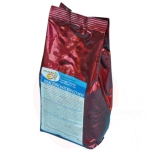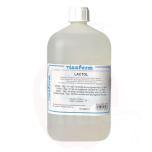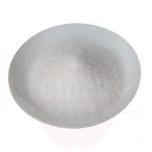precipitated chalk VINOFERM desacid 1 kg
![]() Professionals recommend - producers prefer!
Professionals recommend - producers prefer!
EAN: 5425000396550
Brand:

Unit: tk
Stock qty: 6
Leveranstid inom Estland för lagervaror ca 3-5 arbetsdagar. OBS! På grund av den snabba prisökningen kan priser för icke-lagervaror ändras utan föregående meddelande! Standardpriser med 22% moms.
12,45 €/Kg 10,29 €/Kg
Precipitated Chalk for Balancing Juice and Wine Acids - Calcium Carbonate
Precipitated chalk or calcium carbonate is the most effective and widely used softening agent in juice and wine production. Pure calcium carbonate allows precise acidity regulation in beverages.
Dosing guide:
- General dosing: 6.5g/10l reduces acidity by 1g/l
- For rhubarb juice: 2g/l to soften oxalic acid
Instructions for use:
Treatment of juice or wine with calcium carbonate:
- Start treatment with the freshest beverage possible
- Leave enough space in the container for foaming
- Add the required amount of chalk
- Mix thoroughly for several minutes
- Repeat mixing and rest periods until CO2 release stops
- Let stand for 12-24 hours
- Carefully decant clear liquid from white sediment
Quality precipitated chalk ensures balanced taste and proper acidity levels for your juices and wines.
Keywords: juice acidity regulation, calcium carbonate, precipitated chalk, softening agent, rhubarb juice processing, wine acid balancing, juice processing, chalk dosing
| Weight (kg) | 1.020000 |
| High (m) | 0.25 |
| Width (m) | 0.056 |
| Length (m) | 0.237 |
5,30 €
1,95 €
Precise acid dosing is extremely important in winemaking. The standard dosing ratio is 10 grams of acid per 10 liters of liquid, which increases the solution's acidity by 1 gram per liter. Measuring and Calculating Acidity. In French wine literature, acidity is expressed in sulfuric acid with a coefficient of 1.53. To determine the acid content in tartaric acid, multiply the acidity measured in sulfuric acid by 1.53. Useful Knowledge: Dosing ratio: 10g/10l. Acidity increase: 1g/l. Tartaric acid calculation coefficient: 1.53. These precise measurements and calculations ensure a quality wine process and achieving the correct acidity level.
.png)
